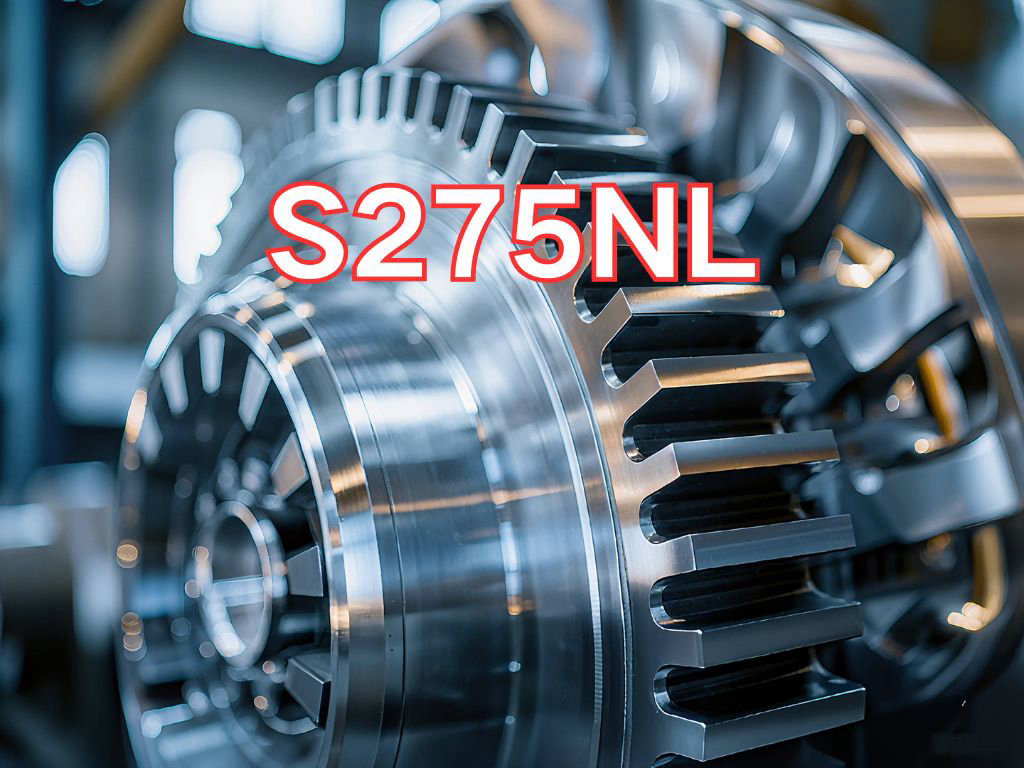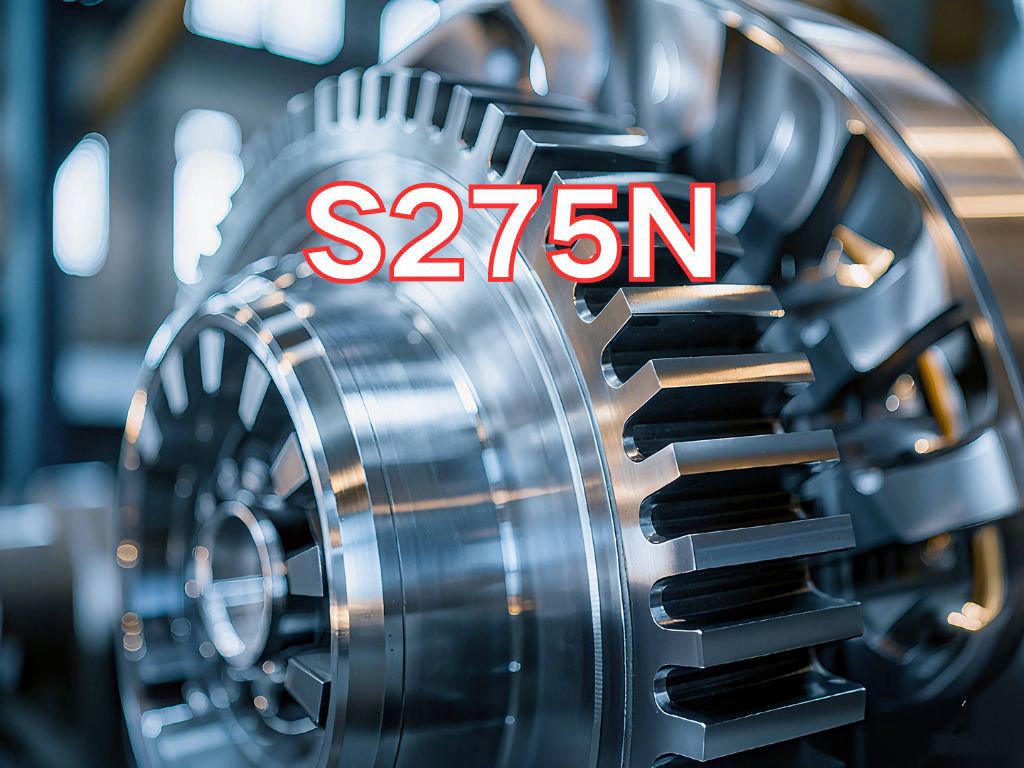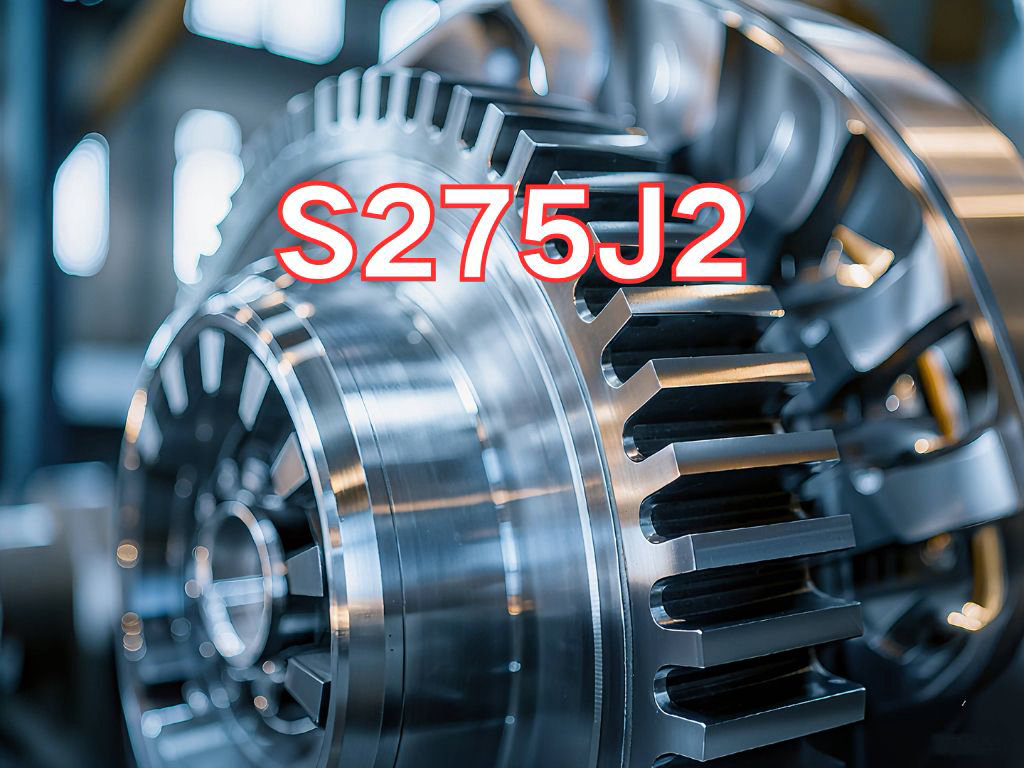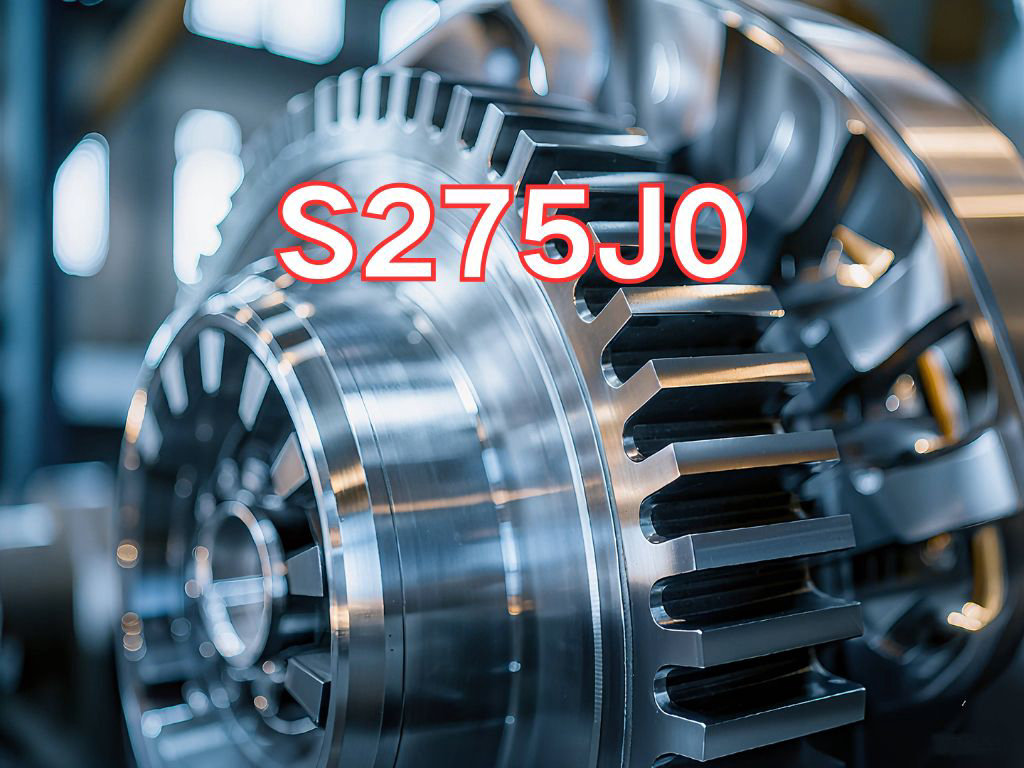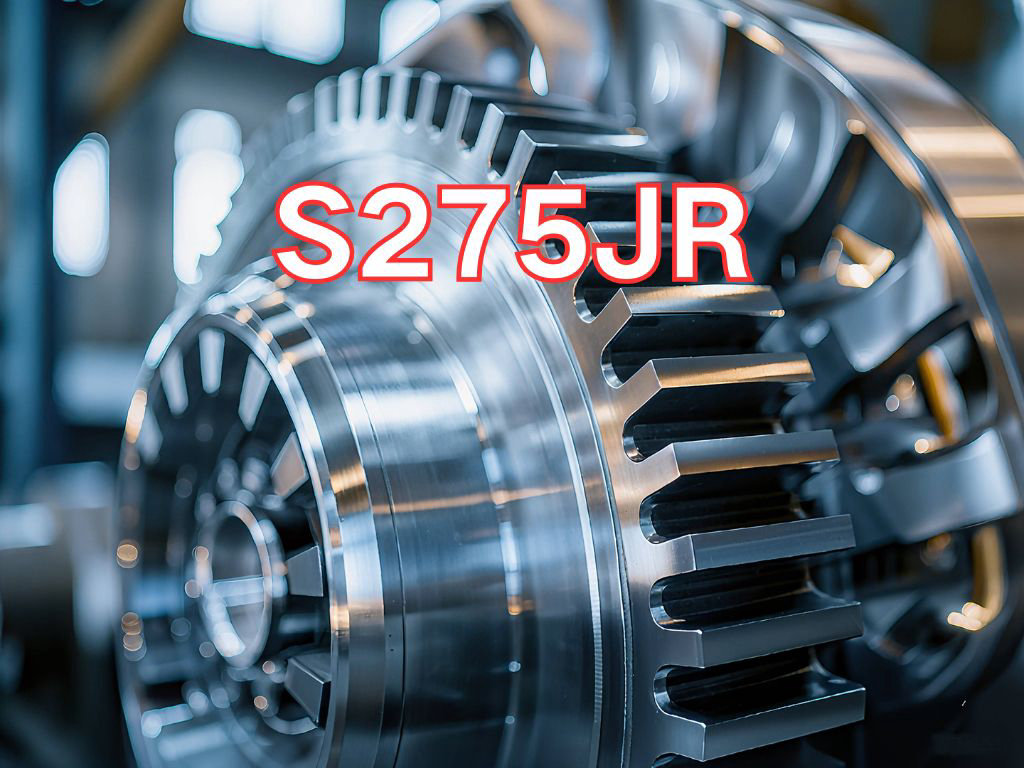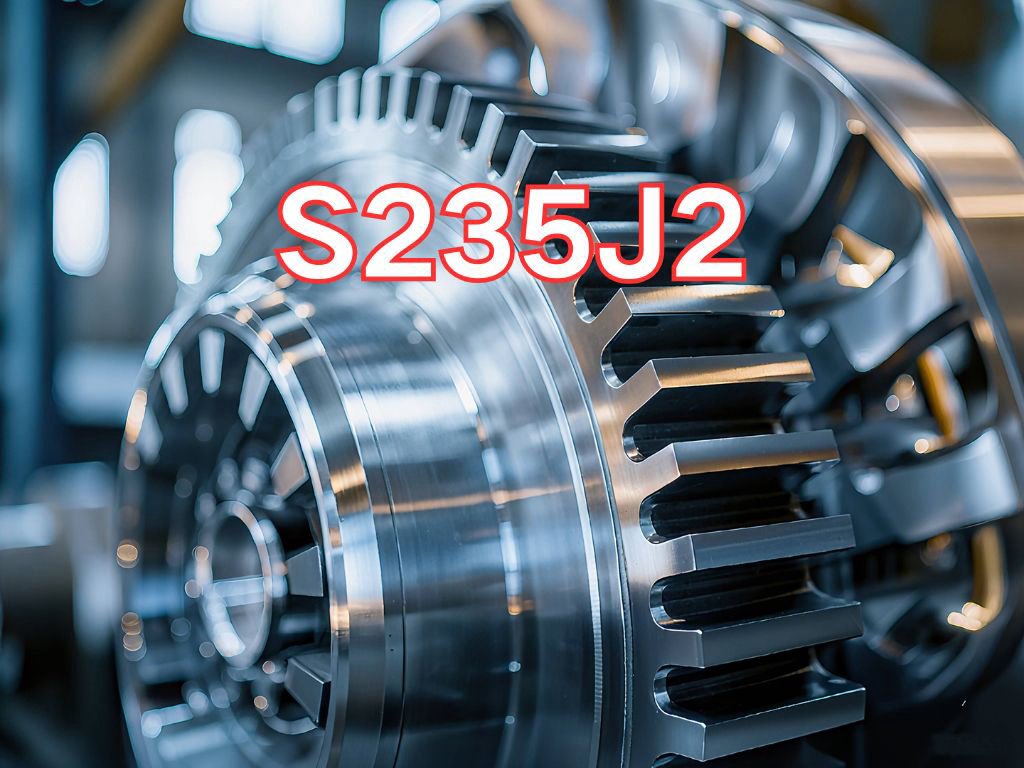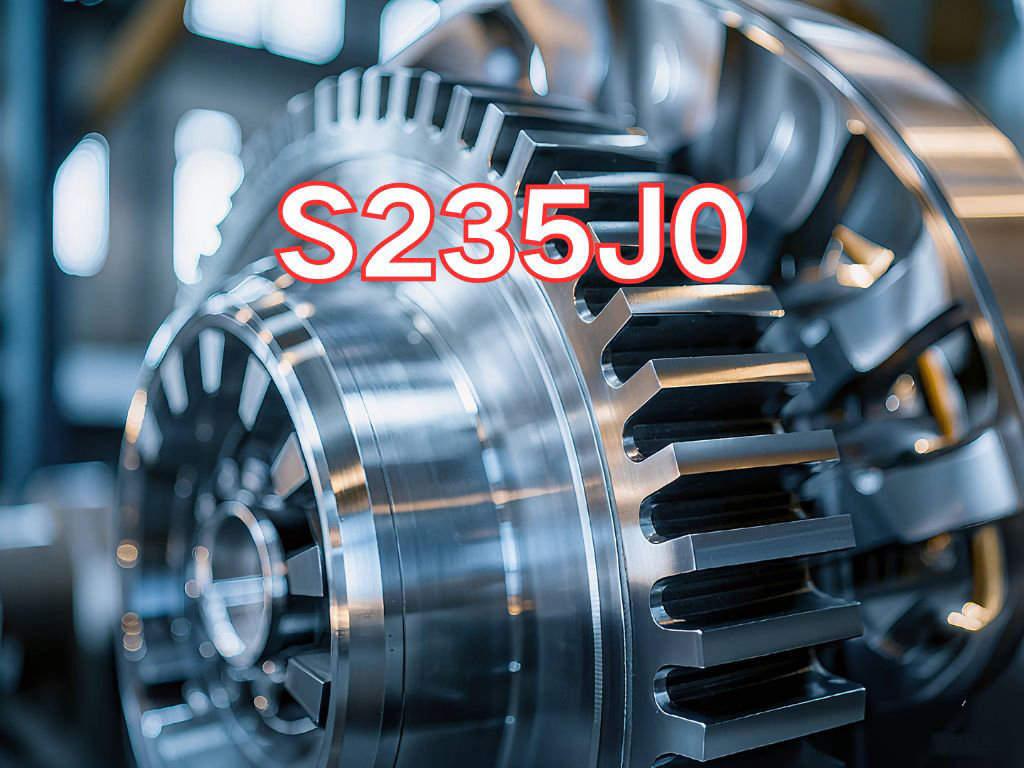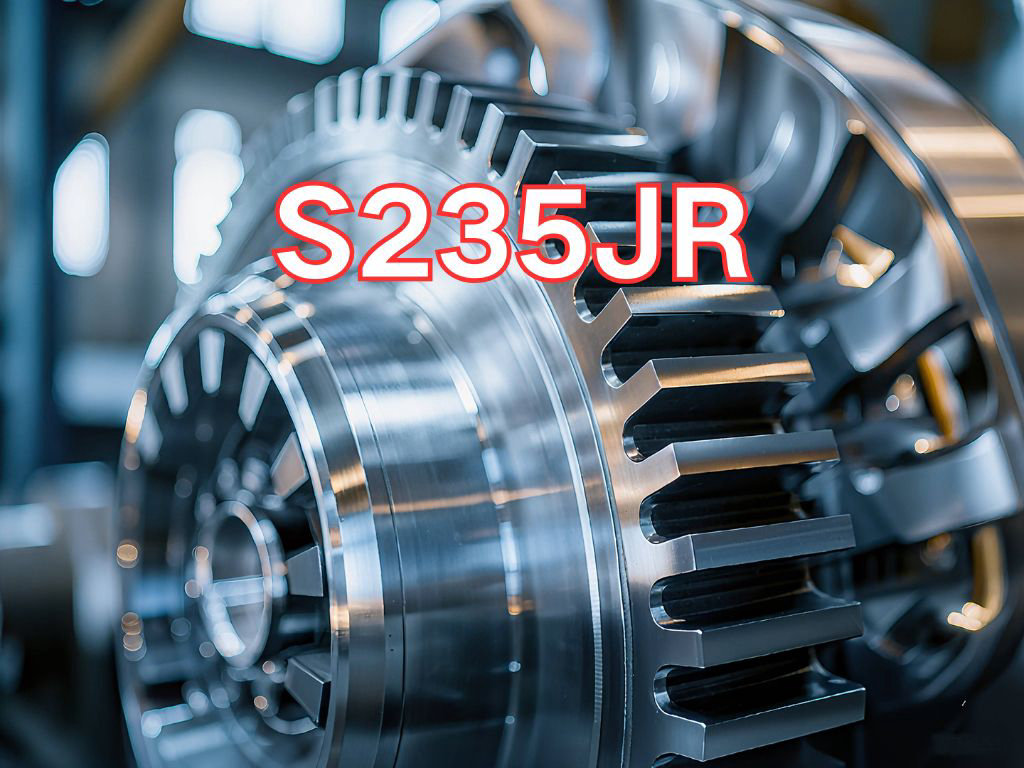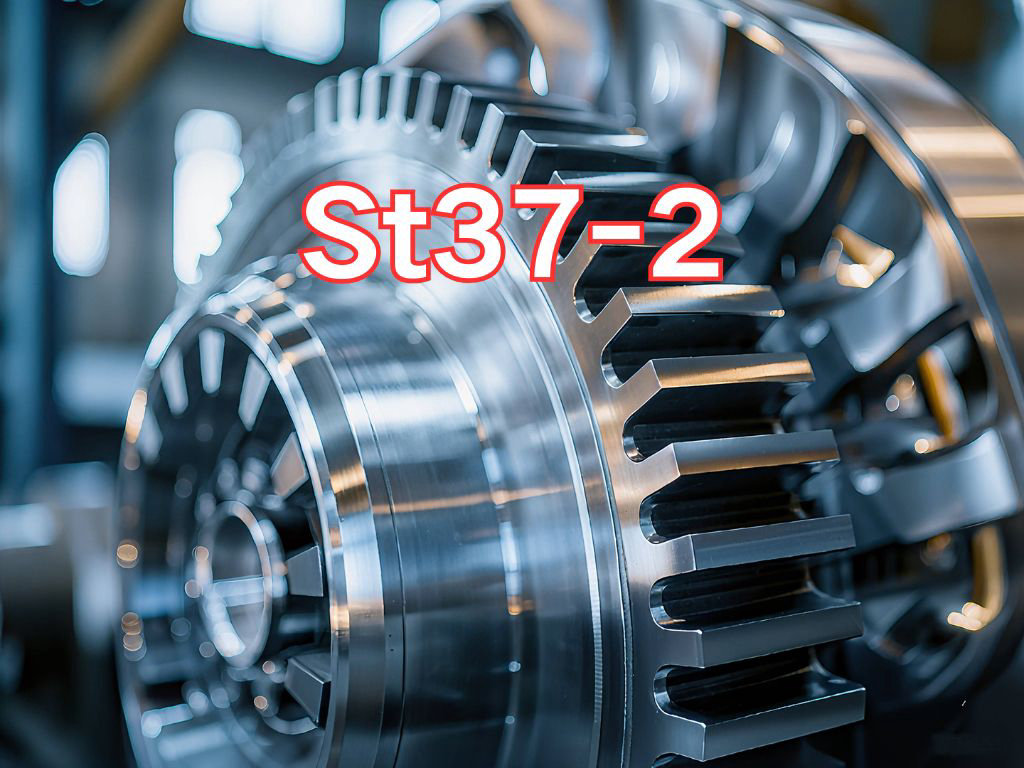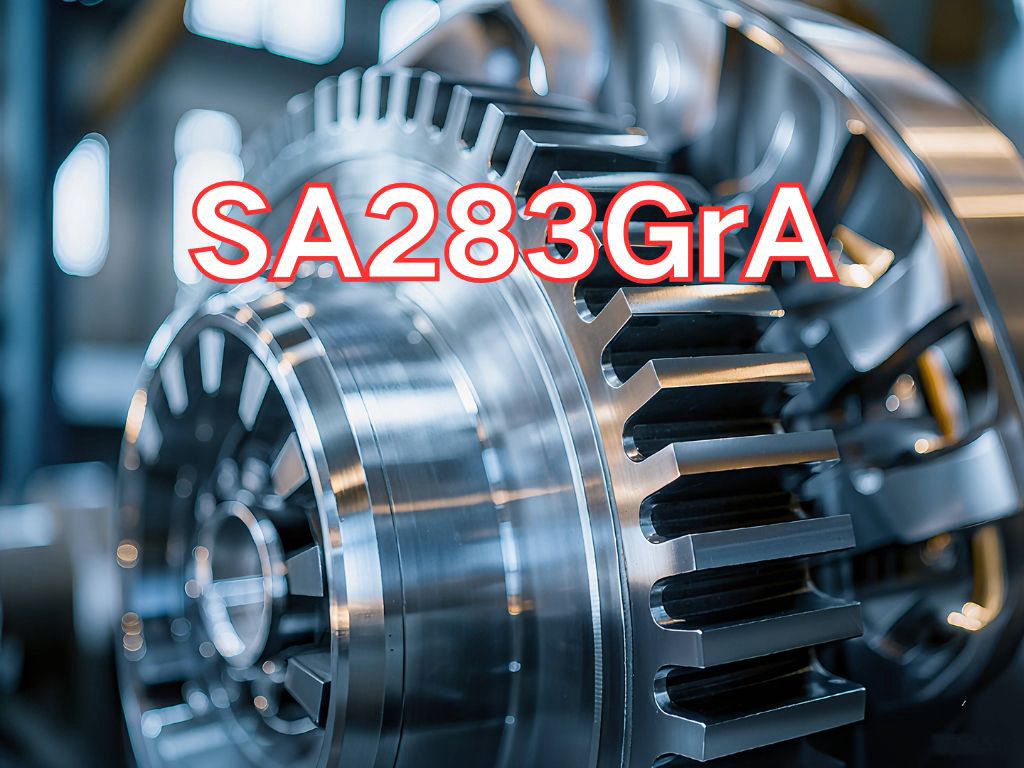

SA283GrA
SA283GrA is a medium-tensile-strength carbon structural steel plate, designated according to the American Society for Testing and Materials (ASTM) standard ASTM A283/A283M-23 "Standard Specification for Low and Intermediate Tensile Strength Carbon Steel Plates". This specification is specifically designed for manufacturing pressure vessels and general structural components requiring moderate strength, good formability, and weldability, and is an important material standard in North America and related industrial fields worldwide. The SA283 series includes four grades (A, B, C, D), with SA283GrA being the lowest strength grade, suitable for applications with modest mechanical property requirements.
The designation "SA283GrA" has a clear meaning:
"SA" is a common form of "ASTM A", indicating compliance with ASTM's ferrous metal standards.
"283" is the specification number within the ASTM system.
"Gr" stands for "Grade".
"A" denotes the strength level. Among the SA283 grades, Grade A has the lowest strength. According to ASTM A283/A283M-23, SA283GrA has a specified minimum yield strength of 165 MPa and a minimum tensile strength of 310 MPa. This strength level is lower than that of common A36 steel (yield strength 250 MPa), placing it in the low-strength carbon structural steel category. Its advantage lies in excellent cold-forming performance and cost-effectiveness.
The primary application of SA283GrA steel plate is in manufacturing non-critical pressure vessels, tanks, and general structural components that require good cold formability but have low strength demands. Due to its low cost and ease of processing, it is often used as a cost-effective substitute for higher-strength, more expensive steels. Typical applications include:
Pressure Vessels and Tanks: Used for low-pressure vessels, auxiliary equipment housings, small storage tanks, water tanks, and other non- or low-pressure components.
Building and Industrial Structures: Used for low-strength supports, connection plates, bases, enclosures, platforms, fences, and other auxiliary structures.
HVAC Equipment: Used in ductwork, enclosures, and supports.
General Mechanical Manufacturing: Frames, covers, conveyor frames, and other parts with low mechanical requirements.
Transportation: Non-load-bearing structural parts for ordinary trucks and agricultural machinery.
Its main characteristics include:
Excellent Cold Formability: As a low-carbon steel, SA283GrA has low carbon content and carbon equivalent, offering good ductility, making it highly suitable for cold forming operations such as bending, stamping, and rolling.
Good Weldability: It has good weldability, can be joined using conventional welding methods (e.g., SMAW, GMAW), typically without preheating or post-weld heat treatment, and produces stable weld quality.
Low Strength: Its yield and tensile strengths are relatively low among structural steels, so it is not suitable for high-load applications or as primary load-bearing members.
High Cost-Effectiveness: Simple production processes, low raw material costs, and low price make it an extremely economical general-purpose plate.
No Impact Toughness Requirement: The standard does not specify impact testing, so low-temperature toughness is not guaranteed, limiting its use in cold environments or under dynamic loads.

Ultrasonic Testing (UT)
A key non-destructive testing technique that uses high-frequency sound waves to detect internal flaws in steel plates. The probe emits sound waves, which reflect when encountering defects such as cracks or inclusions. The receiver captures the echoes, enabling precise determination of defect location and size. With high sensitivity, strong penetration, and fast inspection speed, UT effectively ensures internal quality, widely used in the production of heavy plates, pressure vessel plates, and other high-end products to guarantee safety and reliability.

Magnetic Particle Testing (MT)
A common surface inspection method that magnetizes the workpiece, causing leakage magnetic fields at surface or near-surface defects like cracks or inclusions, which attract magnetic particles to form visible indications. Simple to operate and highly sensitive, MT is suitable for rapid inspection of surface and near-surface flaws in ferromagnetic materials, widely used for online or offline inspection of plate edges, ends, and welds, ensuring product quality and safety.

Penetrant Testing (PT)
A non-destructive method for detecting surface-breaking flaws. A penetrant liquid is applied to the cleaned steel surface, allowing it to seep into defects such as cracks or pores. After removing excess penetrant, a developer is applied, causing the trapped penetrant to bleed out and form visible indications. Simple and cost-effective, PT is suitable for inspecting surface defects in various non-porous materials, commonly used for welds, castings, and complex components, effectively ensuring surface quality of steel plates.


